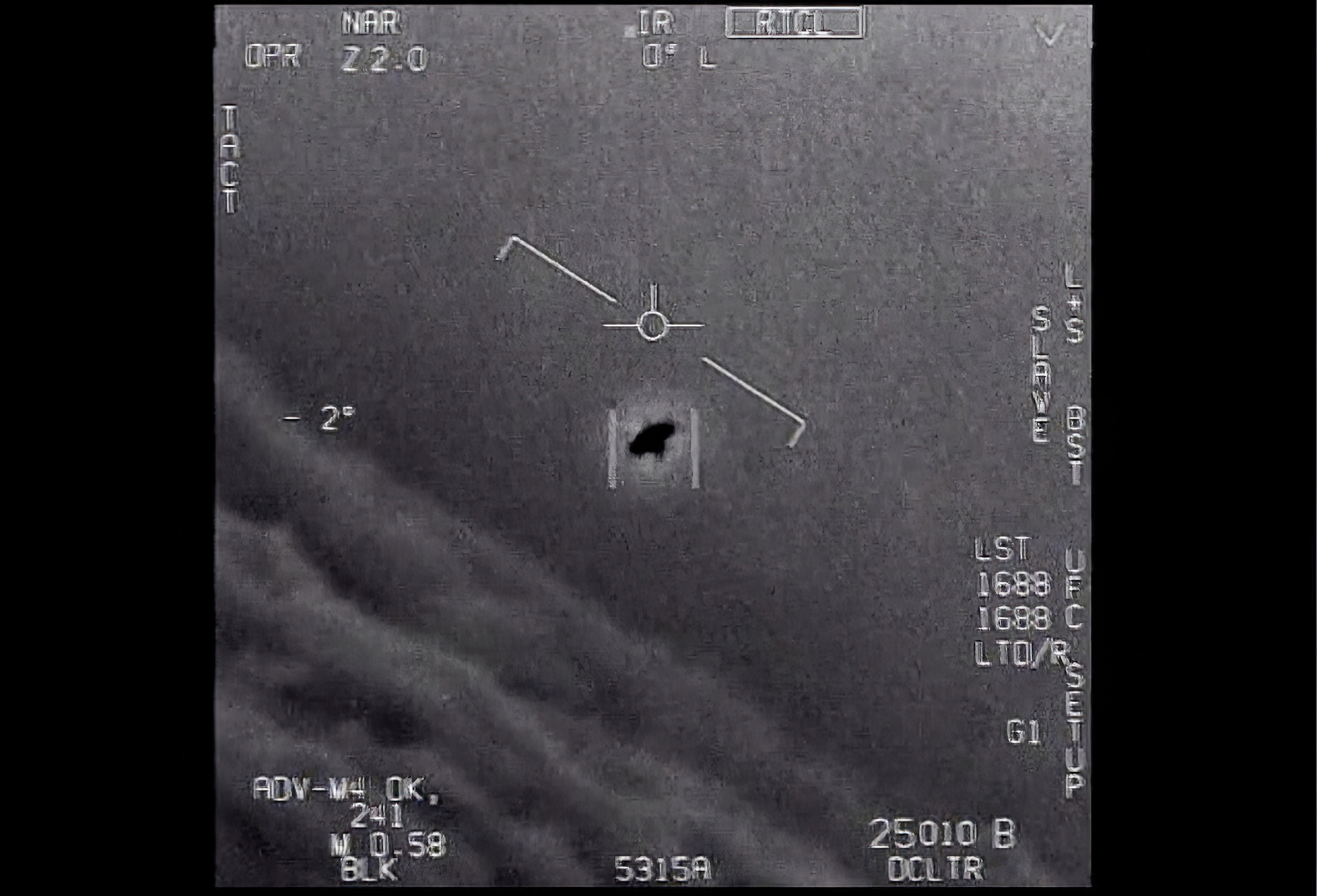Alien tech, or ocean dust? A Harvard professor is hoping his research on a meteor that crashed into the Pacific Ocean may help us learn more about the universe.
"Was this object artificial in origin? Was it manufactured by technological civilization? Was it a spacecraft?"
To answer those questions, Harvard professor Avi Loeb traveled halfway across the globe in search of an object over 5,000 feet below the ocean's surface.
"It sounds like a hopeless mission."
"I'm a theoretical physicist, and I work mostly with ideas, but I decided to pursue this expedition because no one else would."
Last month, Loeb launched a mission to recover fragments of a meteor that crash landed off the coast of Papua New Guinea. But this is more than just your typical meteor - Loeb believes it came from a different solar system. he said its recovery could possibly provide valuable insight into materials from other planets.
"The question arose as to whether it came from some unusual natural environment different from the solar system, or perhaps it's a spacecraft manufactured by an extraterrestrial technological civilization."
The expedition, bankrolled by Charles Hoskinson, the co-founder of two major cryptocurrencies, took two weeks to complete. Loeb said the team used a sled covered in magnets to scrape the ocean floor. And they did find something - small metallic balls, called spherules.
"When I saw the first spherule on the microscope image? I was thrilled. I hugged the people around me," Loeb said. "You know, this is what we were looking for, and I couldn't be happier."
"All of them look like beautiful metallic marbles, spheres that have colors of gold, blue, brown or black," Loeb said of the find.

The objects recovered are now being analyzed at Loeb's lab at Harvard, a laboratory in Germany and another at UC Berkley.
"As we examine their composition, we hope to be able to tell whether they are made of elements and radioactive isotopes at abundances that are different from what you find in the solar system," Loeb explained.
He added that while detailed analysis of the recoverd objects could take some time, he is hoping to release preliminary data to the public by the end of this month.


